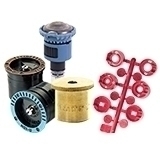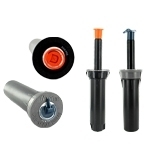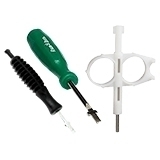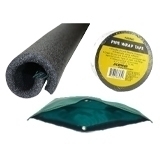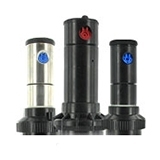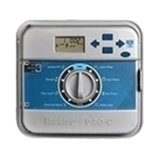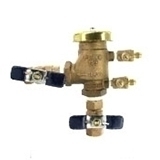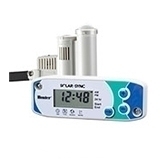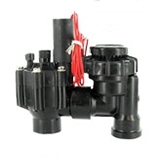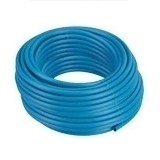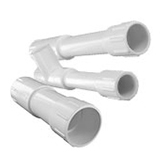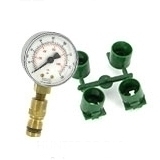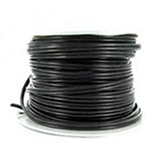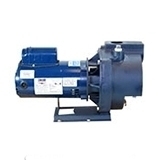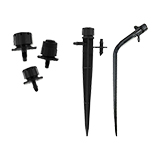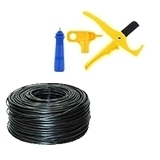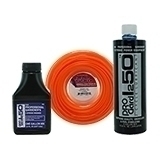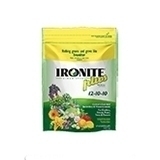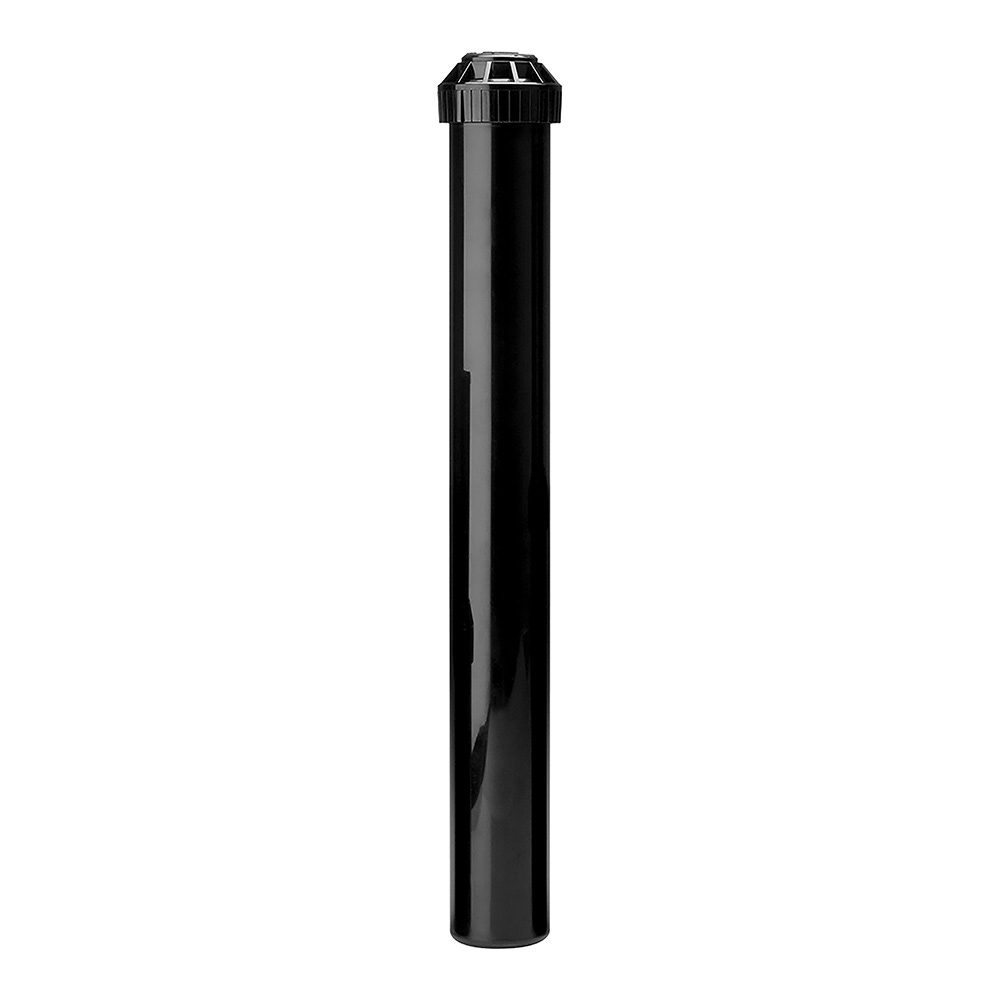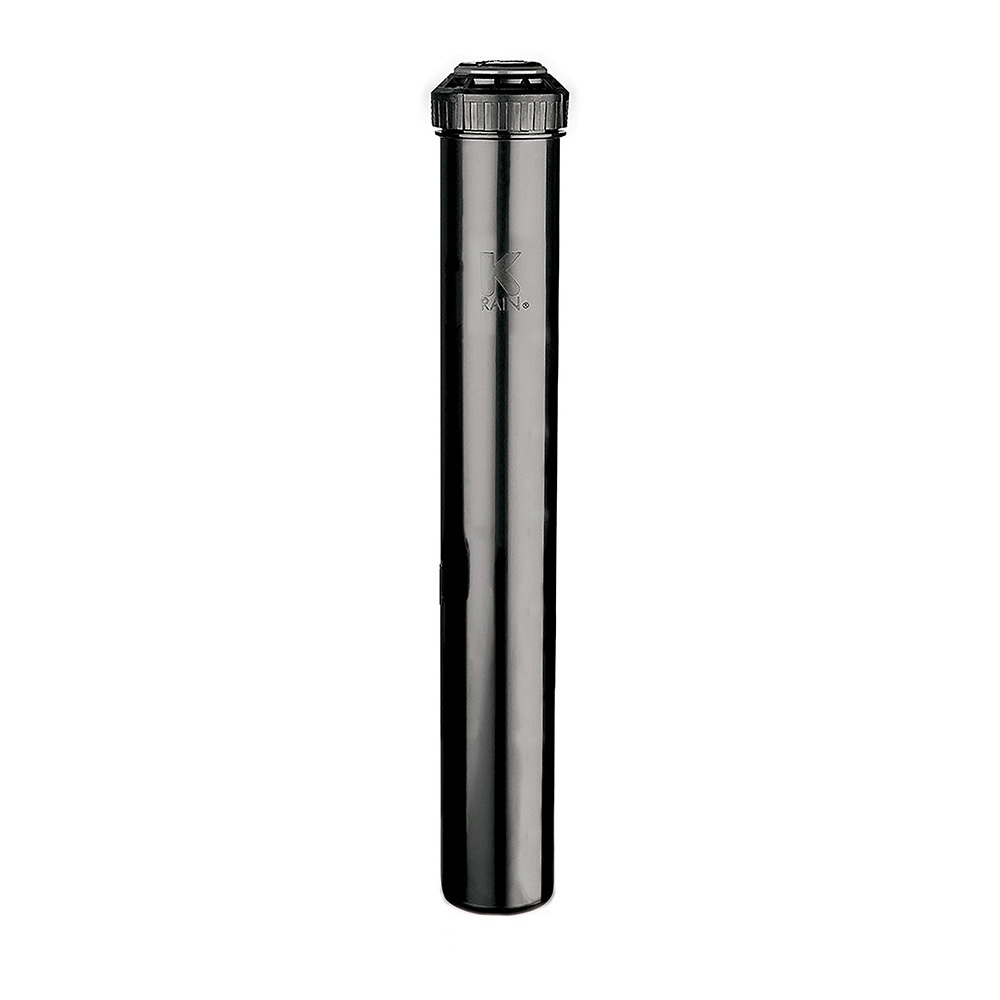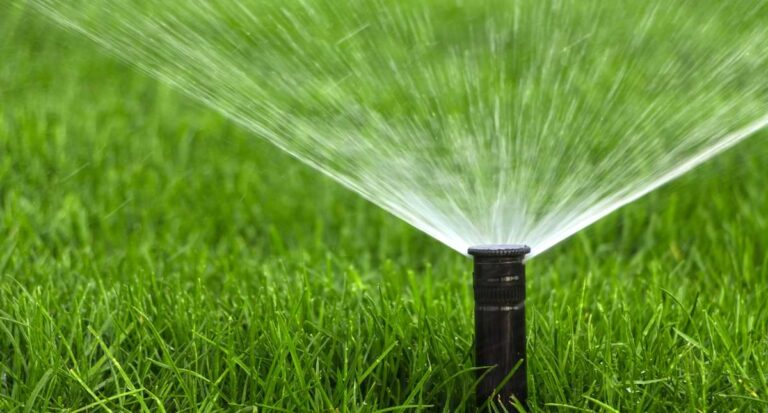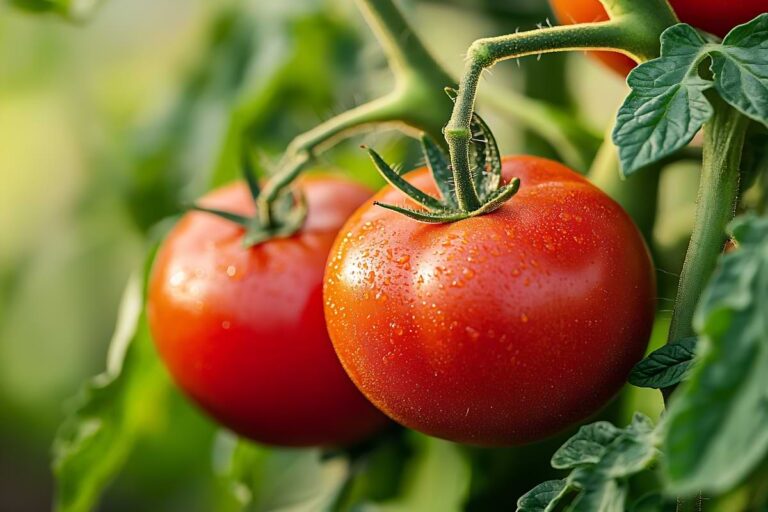Table of Contents: What Is Sub Surface Irrigation?
If you’re looking to save water, reduce weed growth, and deliver moisture right where plants need it most, sub surface irrigation might be the solution you’ve been looking for.
Ideal for gardens, landscapes, and even row crops, sub surface irrigation is a simple, effective watering method that provides slow, steady hydration directly to the soil surface so your plants can thrive.
Let’s dive into what makes sub surface irrigation a game-changer.
What Is Sub Surface Drip Irrigation?
Surface drip irrigation is a low-pressure watering system that distributes water through a network of tubing, emitters, and connectors laid on the surface of the soil. Unlike traditional sprinklers that spray water over the ground in all directions, drip irrigation targets the base of each plant. Emitters release water slowly and consistently, minimizing evaporation and runoff.
Many gardeners start with a drip irrigation kit, which comes with everything you need to get started. These kits are great for raised beds, container gardens, or small landscaping projects.
Here’s what you need to set up sub surface irrigation:
- Tubing: Drip tubing is the mainline that distributes water across the garden.
- Emitters: Drip emitters are small devices that control the water output at each plant.
- Filters and Pressure Regulators: Drip filters and pressure regulators are essential for preventing clogs and ensuring consistent flow.
- Connectors and Stakes: Use connectors and stakes to route and secure the tubing where you need it.
Benefits of Sub Surface Irrigation
Subsurface irrigation delivers water directly to the plant roots, improving water efficiency, plant health, and minimizing waste. It reduces the risk of fungal diseases, prevents weed growth, and saves time with automated systems.
- Water Efficiency: Drip systems use up to 50% less water than conventional sprinklers. Since water is delivered directly to the plant’s root zone, there’s little waste due to wind drift or surface runoff.
- Nurture Healthier Plants: By avoiding wet foliage, surface drip irrigation reduces the risk of fungal diseases and mildew. Plants get just the right amount of water, exactly where they need it.
- Grow Fewer Weeds: Because you’re not watering everything in sight, weeds outside the drip line are less likely to thrive.
- Add Flexibility: Whether you have rows of vegetables, a flower bed, or potted plants, drip irrigation systems can be easily customized to fit your layout.
- Save Time: Once set up, a surface drip system can be automated with a timer, so you can water your garden without lifting a finger.
How to Install Surface Drip Irrigation
Setting up surface drip irrigation is simple—just lay tubing, regulate pressure, position emitters, and periodically flush the system to keep it running smoothly. It’s an easy, efficient way to water your garden.
- Install Tubing: Lay tubing along plant rows or circles around shrubs.
- Regulate Pressure: Use a pressure regulator to avoid overwatering or bursting lines.
- Position Emitters: Place emitters 12–18 inches apart for most ground crops such as lettuce and carrots. Place emitters closer for high-demand plants such as tomatoes and peppers.
- Flush System: Flush the system periodically to prevent mineral buildup and clogs.
Transform Your Yard with Sub Surface Irrigation
If you’re serious about water conservation and plant health, then surface drip irrigation is worth considering. It may take a little time to initially install, but the long-term savings and benefits make it a smart investment for both hobbyists and professional growers.
Surface drip irrigation isn’t just smart—it’s sustainable. Whether you’re managing a backyard garden or a full-scale farm, this system helps you work with nature, not against it. Keep your plants happy and your water bill low.
FAQs on Surface Drip Irrigation
What is sub surface irrigation?
Sub surface irrigation is a method where water is delivered directly to the root zone of plants through a network of buried pipes or drip lines. This system reduces evaporation and runoff by applying water below the surface. It’s commonly used in agriculture, turf management, and landscaping for efficient moisture control.
What are the disadvantages of sub surface irrigation?
While sub surface irrigation is water-efficient, it can be more expensive to install than traditional systems due to the need for specialized equipment and labor. It’s also harder to monitor performance or detect clogs since everything is underground. Maintenance can be more challenging and may require digging to fix problems.
Does sub surface irrigation save water?
Yes, sub surface irrigation significantly reduces water waste by delivering water directly to the roots, minimizing evaporation and runoff. It uses less water than overhead or surface methods, making it ideal for drought-prone areas or water-conscious landscapes.
If you want to stay up-to-date on the latest Sprinkler Warehouse news and make the most of all of our one-of-a-kind promotions, join the Irri-Gator community today. Happy watering, Irri-Gators!


